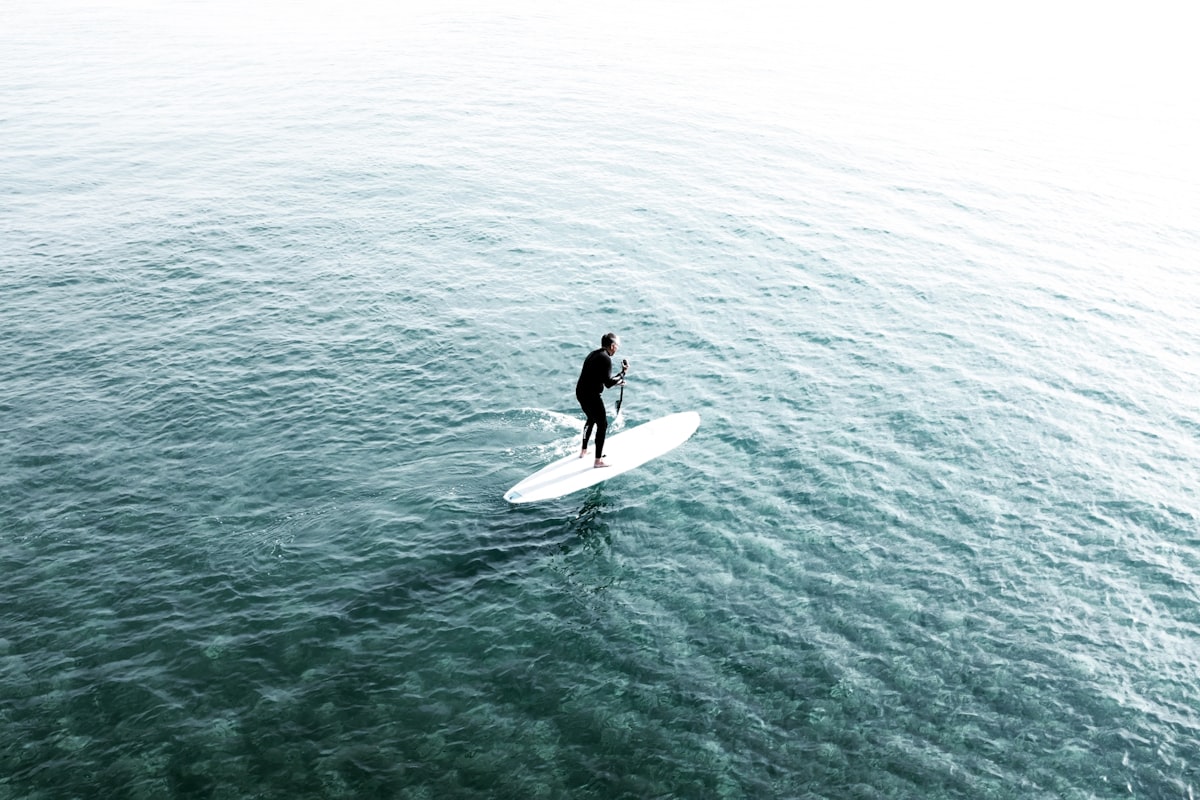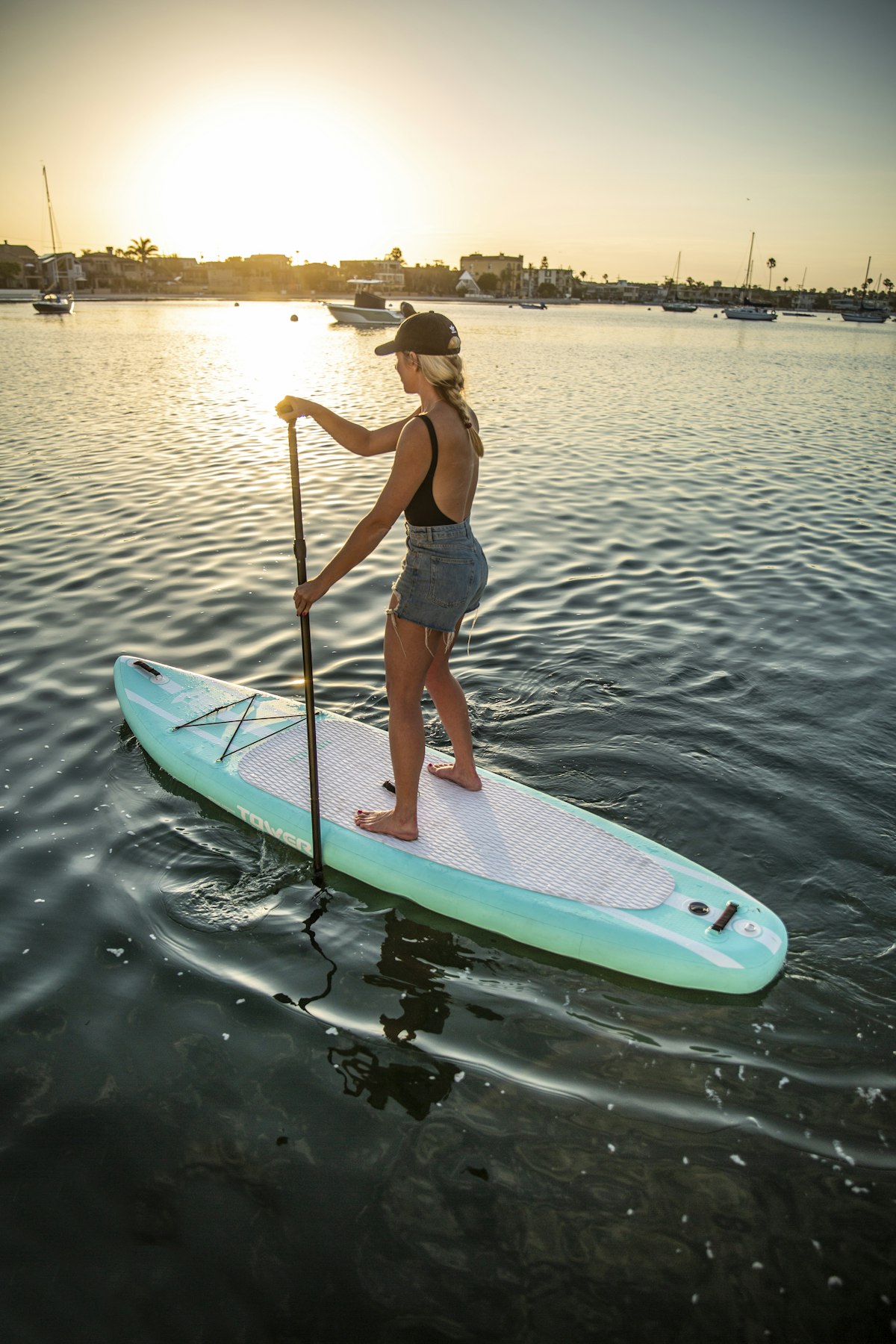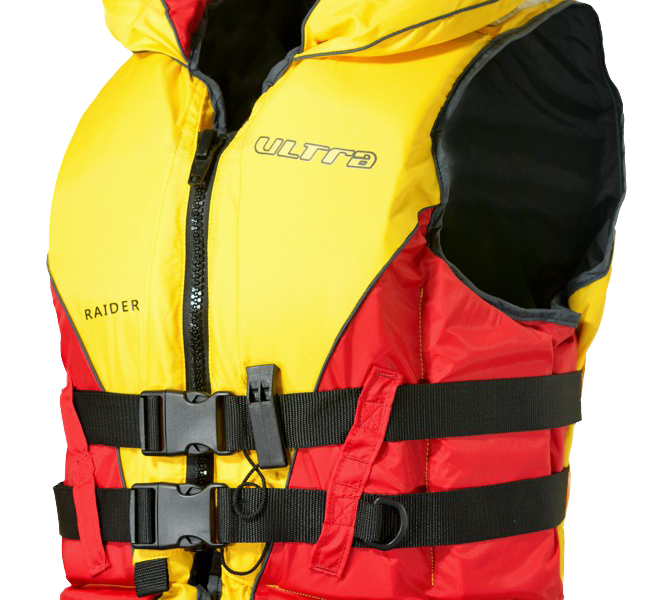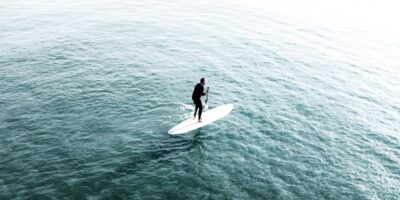
Paddle Boarding in Winter Wonderlands
Paddle Boarding in Winter Wonderlands
Paddle boarding is often associated with warm weather, sandy beaches, and sunny days. However, this increasingly popular water sport has found a unique niche in winter settings. Winter paddle boarding offers a different, refreshing twist that appeals to those seeking solitude and stunning scenery.
Preparation is Key
Winter paddle boarding demands more preparation compared to its summer counterpart. It’s crucial to dress appropriately to withstand the cold. A dry suit is an essential piece of gear. Unlike wetsuits, dry suits offer complete waterproof protection and better insulation. Layering clothes underneath the dry suit can further enhance warmth. Wool or synthetic materials work best for layers as they retain heat even when damp.
Safety should be the top priority. Cold water shock and hypothermia are real risks. It’s advisable to paddle with a group or at least inform someone about your intended route and expected return time. Carrying a whistle and a waterproof phone case ensures you can call for help if needed.
Choosing the Right Board
The type of paddle board used in winter can impact your experience. Inflatable paddle boards are often preferred for their versatility and ease of transport. They’re less likely to get dinged up by ice. However, a good quality solid board can also perform well. Ensure your board has excellent stability, as icy conditions can make balancing trickier.
Location Matters
Select your paddling location carefully. Frozen lakes, snow-capped mountains, and serene winter rivers offer stunning backdrops. Popular spots include Lake Tahoe in California, Banff National Park in Canada, and the fjords of Norway. These locations become tranquil wonderlands during winter, providing a peaceful setting for paddle boarding.
Skills and Techniques
Winter paddle boarding requires adapting your usual techniques. For starters, you will need to paddle efficiently to maintain body warmth. Smooth, continuous strokes help keep your muscles active and blood circulation steady. Be cautious of ice chunks in the water, which can be hazardous.
Handling falls in cold water is crucial. Practice self-rescue techniques, such as climbing back onto the board quickly. Always wear a leash to prevent losing the board. Getting out of the cold water swiftly can mitigate the risk of hypothermia.
Enjoying the Scenery
One of the main attractions of winter paddle boarding is the breathtaking scenery. The snow-covered surroundings create a picturesque setting that’s rarely enjoyed by most. Wildlife sightings can be more frequent and awe-inspiring during the quieter winter months. Seals, otters, and even the occasional eagle can be spotted along certain routes.
Benefits of Winter Paddle Boarding
Paddle boarding in winter can have physical and mental benefits. The cold environment requires your body to work harder to maintain warmth, potentially enhancing your fitness levels. It also offers mental clarity. The serene, snow-kissed landscapes provide a meditative environment, allowing for reflection and relaxation.
Gear Recommendations
- Dry Suit: Essential for waterproof protection and insulation.
- Personal Flotation Device (PFD): Adds an extra layer of warmth and safety.
- Neoprene Gloves and Boots: Protect hands and feet from the cold.
- Thermal Underlayers: Wool or synthetic materials are best.
- Waterproof Phone Case: Ensures communication in case of emergencies.
Environmental Awareness
Winter paddling also emphasizes the importance of understanding and respecting the environment. Frozen and snowy regions are often less disturbed by human activity, and taking care to leave no trace is essential. Avoid disturbing wildlife and preserve the natural beauty of these locations.
Paddle Boarding Community
While winter paddle boarding may seem solitary, it fosters a unique community. Enthusiasts share tips, locations, and experiences, building a supportive network. Online forums, local paddling groups, and social media platforms are excellent resources to connect with fellow winter paddlers.
Educational Resources
Several resources can help you prepare for winter paddle boarding. Videos and tutorials on self-rescue techniques, gear reviews, and cold water safety are readily available online. Investing time in learning can make your winter paddling experience safer and more enjoyable.
Winter Paddle Boarding Events
Events and organized tours are available for those looking to experience paddle boarding in a group setting during winter. These events often provide guided tours, gear rental, and safety briefings, making it easier for beginners to get started. Notable events include the Tahoe Winter Paddle Tour and winter paddle fests in the Nordic countries.
Fitness and Training
Preparing physically for winter paddle boarding can enhance your experience. Core and upper body strength are crucial for effective paddling. Incorporate exercises that build endurance and strength, such as rowing, planking, and resistance training. Flexibility exercises can also aid in maintaining balance on the board.
Document Your Journey
Capturing your winter paddle boarding adventures can be fulfilling. Bring a waterproof camera or eco-friendly drone to document the stunning scenery and wildlife encounters. Sharing your journey can inspire others and build awareness of this unique winter sport.
“`
Recommended SUP Gear
GYMMALL Inflatable Paddle Board
Complete SUP package for all skill levels.
FunWater Inflatable SUP
Ultra-light board with all accessories included.
As an Amazon Associate, we earn from qualifying purchases.




